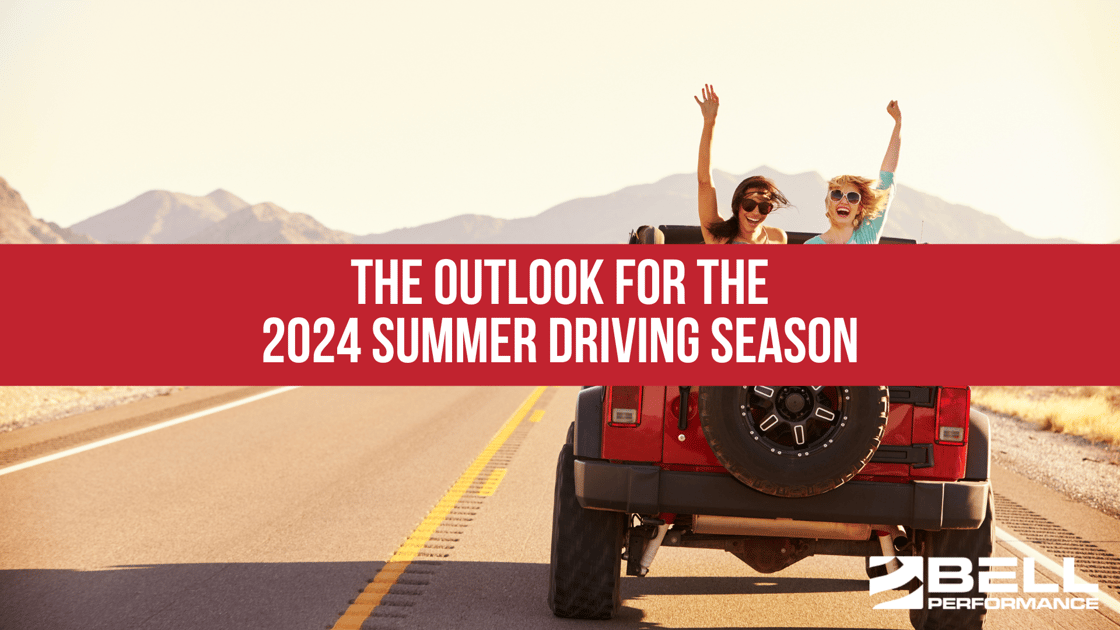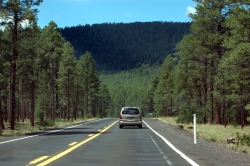More E15 Coming In Summer 2024
This isn’t the first time we’ve seen this, but in April, news broke that the EPA is planning to temporarily expand the sales of greater-than-10%...

Memorial Day is at the end of the month and, with it comes the start of the unofficial Summer Driving Season. Of this, two things are true every year: it’s the busiest travel time of the year and gas gets more expensive. We want to ask, what does the outlook for 2024 look like?
With each year, the impact on travel of the COVID pandemic fades further in the rearview. Just over 80% of Americans, when surveyed, said they planned to travel this summer. That’s a little less than last year, about 3% less. But that’s all travel, not just road travel. How many of them are planning summer road trips? At least 60% of drivers are planning to drive some kind of significant distance on a trip this summer, and 10% of those folks believe they’ll be driving more than 1,000 miles from home.
Gas prices seem to be less this year than last, which is good news for drivers. At the start of spring, the national average for gas was $3.67. Earlier in the winter, gas tended to bounce between $3.00 and $3.30 per gallon. Analysts blame this price volatility on OPEC continuing its oil production cuts along with the continuing effects of dire situations in the Middle East and Ukraine - areas that normally are relied on for significant chunks of the world’s oil supply.
Historically, gas prices increase in late spring and early summer as demand increases and refineries take time to switch over to making summer blend gasoline (the changeover cuts down on the amount of gas refineries can produce). Every year we note that gas prices are rising in the summer, and every year it’s because of those two things.
We’ve noted that the Biden Administration has asked the EPA to waive the rules restricting the sale of E15 gasoline in the summertime. How is that going to affect drivers this summer?
On the one hand, advocates claim selling more E15 will keep gas prices lower than they would be otherwise because it helps blunt the effects of that demand crunch from the refineries (remember, refineries make the gasoline but they don’t blend the ethanol in. That’s done further downstream.)
Yet, there are always concerns about ethanol’s effects on gas mileage. And ethanol indeed has less energy value than gasoline. All other things being equal, that means lower gas mileage the higher you go with ethanol concentration.
But the actual difference with today’s cars might be a little overblown. Even with the lower energy value of E15, you’re only going to get 4-5% lower mileage. And that’s compared to pure gasoline, which nobody runs on anymore. The difference in mileage with what you’re currently running on will be 1-2% less. In truth, your driving habits are going to play a much larger role in affecting your summer gas budget than the waiver on E15 will.
Let’s wrap this up with some practical tips to help you save a little on gas this summer.
Gas prices change from day to day, but examining price trends across the country shows us that gas tends to be cheapest on Sundays and Mondays. It also used to be true that Fridays were the most expensive days, but that’s no longer true - Thursdays are now the most expensive days to fill up.
We said earlier that how you drive will have much more effect on your gas mileage than whether you’re using E10 or E15. It’s always been that way. Your vehicle uses the most fuel to bring itself up to speed. If you accelerate sharply, you burn the most gas. Accelerating slowly saves you the most gas. The difference between aggressive driving and gentle driving can be up to 40% on your gas bill.
Idling your car can burn half a gallon of gas per hour. That comes out to about 3 cents per minute. Even counting the gas burned when restarting your engine, if you’re going to be idling for long periods, it may be worth your while to turn your engine off. Assuming you’re not in the dead of summer where you need to have the AC running to survive.
This isn’t the first time we’ve seen this, but in April, news broke that the EPA is planning to temporarily expand the sales of greater-than-10%...

Summer driving means longer drives and family vacations! To help combat rising gas prices that always show up in the summer, there are simple things...
1 min read
We're all hopeful that the coronavirus pandemic won't rear its ugly head again later this year. So we talk about the summer driving season with a...